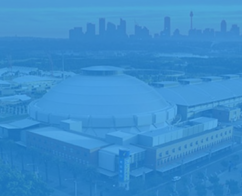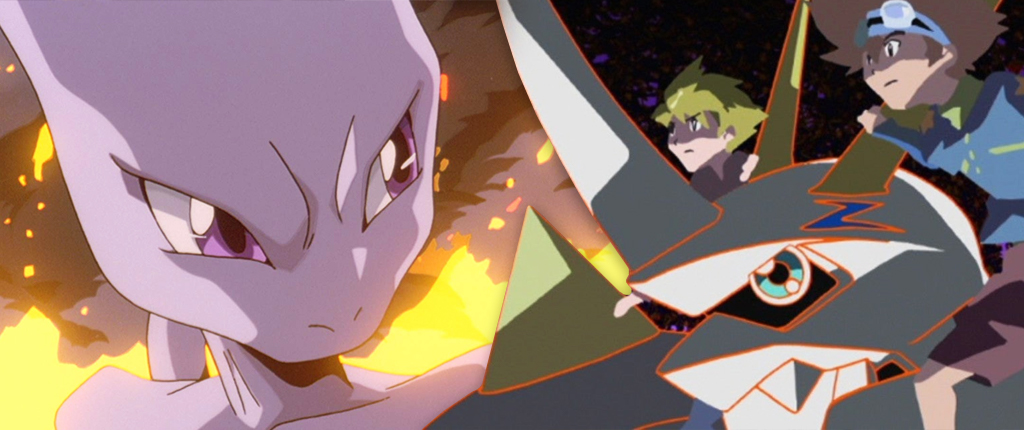
In 1999, the first Pokèmon film was released in English around the world, and no doubt many of you will remember what a thoroughly life-changing event this was.
It had a certain epic, cinematic quality that few other Pokémon films have since managed to replicate, Mewtwo was an iconic villain (with an incredibly memorable voice), it had a great anti-violence message, and a bangin’ soundtrack. Dare we say, it was almost Lynchian.
Fast-forward to 2000, Pokémon: The First Movie and Pokémon 2000 have financially popped off for 4Kids, and the cute monster mascot-based culture war is in full swing. Fox needs a competing film property, and they have one in Digimon.
Fewer of you may remember Digimon: The Movie, but let me tell you, it was still quite a spectacle of its own. So, how do these two films stack up against each other, in story, presentation, sound, and overall enjoyment?
STORY
Pokémon: The First Movie’s setup was flawless and perfectly executed. We see Ash in a sick Pokémon battle, followed by the gang receiving a mysterious invitation to challenge the greatest Pokémon trainer in the world, who we come to know as Mewtwo, a hyper-intelligent but artificially-created Pokémon, unsure of his purpose in life.
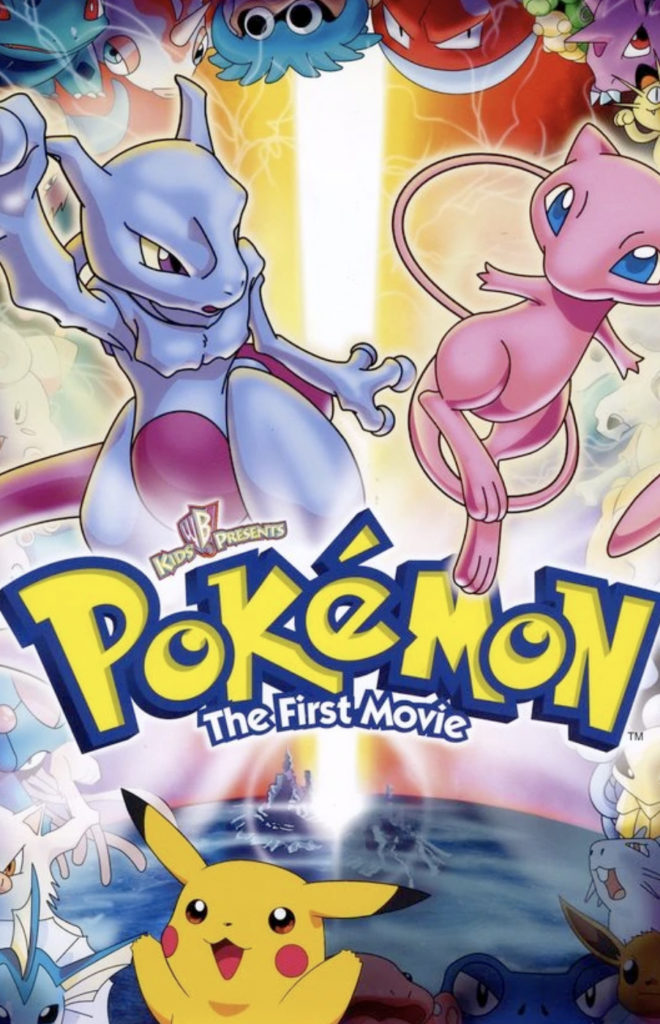 They were created as a mere experiment, but they know in their heart that life must be more than servitude to humans. And it’s not just the humans; their partner Pokémon cannot be spared either, as they foolishly believe that their masters are their ‘friends’.
They were created as a mere experiment, but they know in their heart that life must be more than servitude to humans. And it’s not just the humans; their partner Pokémon cannot be spared either, as they foolishly believe that their masters are their ‘friends’.
A complex villain that makes us question trainers’ relationships with their Pokémon, Mewtwo claims to be fighting the righteous battle, as their clone Pokémon are genetically superior, and argues for their supremacy over humans and natural Pokémon, but ultimately, Mewtwo and Mew’s egos both cause their respective sides harm with their pointless fighting, and it takes Ash’s sacrifice to show them that.
What’s interesting about this film and the Digimon: The Movie is that they were both subject to heavy editing for American audiences. The state of the industry is quite different now, but this was during the peak of 4Kids’ anime dominance, which resulted in many well-known hilarious edits for Pokémon, Yu-Gi-Oh, One Piece, and the like. And these weren’t just visual changes like guns into water pistols or cigarettes into lollipops, they were mostly dialogue changes that resulted in themes and plot-lines being completely altered or dropped.
Even though 4Kids cut most of Mewtwo’s dialogue about existentialism, the visuals tell the tale. The meaning of life and eugenics are very heavy topics to address in a kid’s movie, but this movie does it with uncharacteristic grace.
Despite efforts to change Mewtwo from morally ambiguous to “clearly evil” (an actual quote from a 4Kids producer), they still end up as a sympathetic villain, that remains beloved to this day.
Digimon: The Movie’s story on the other hand, doesn’t fare quite as well. The product we got was a Frankenstein’s monster of three different short films.
The first two shorts fit together quite well, as they’re both directed by the same person, and since they’re only a combined sixty minutes, they are almost completely visually intact. The first short is a prequel to Digimon Adventure that expands upon the story of the night the DigiDestined saw their first Digimon.
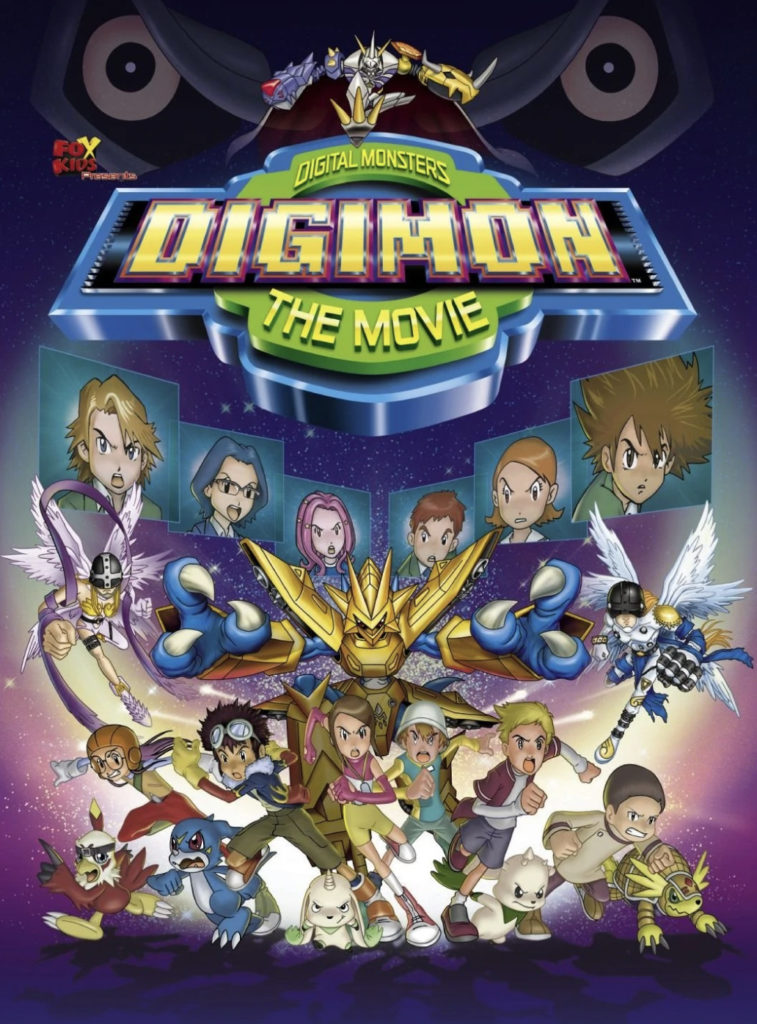 It’s a cute story of Tai and Kari befriending a Koromon that appears in their house one day, and even though they’re only together for a short time, their bond is strong enough to allow Koromon to Digivolve into Greymon, who then defeats Parrotmon to save the town.
It’s a cute story of Tai and Kari befriending a Koromon that appears in their house one day, and even though they’re only together for a short time, their bond is strong enough to allow Koromon to Digivolve into Greymon, who then defeats Parrotmon to save the town.
The real juice is the second part, Our War Game, set after the events of the main show. This is the movie that the rest of Digimon has still been living in the shadow of. An evil, virus-infected Digimon, Diaboromon, is wreaking havoc inside the internet, disrupting phone lines, eftpos machines and computers, before it hacks its way into the United Nations’ military… and launches a nuke at Tai’s house.
There isn’t really much to say about the story, it’s mostly a retread of what Digimon does best in the show: the DigiDestined come out on top because they believe in their Digimon, and their Digimon believe in them. They give each other strength and learn and grow from each other.
This is where the movie falls apart though, because the third part of the film has absolutely nothing to do with the first two, and is also forty minutes too long… so, not only does a massive chunk, almost half the movie, need to be cut, they also need to rewrite the story to tie Diaboromon into it. It did not work.
There was very little continuity, characters’ feelings about things change in literal seconds, and random things start happening at the end with absolutely no explanation, like the Golden DigiEggs just appearing, a major plot point in Japan, not mentioned in English until the very last scene. But it looks good!
Which brings us to…
PRESENTATION
There is no contest here, Pokémon: The First Movie wins in story with a slam dunk about genetics and the existential ennui, but visually, Digimon: The Movie is the clear victor, and the reason for that, at least for the first two, is Mamoru Hosoda.
Yeah, would you believe that such an incredible auteur made his directorial debut with a Digimon short film!? And if Our War Game sounded similar to a little movie called Summer Wars, that’s because Hosoda just made the same film twice!
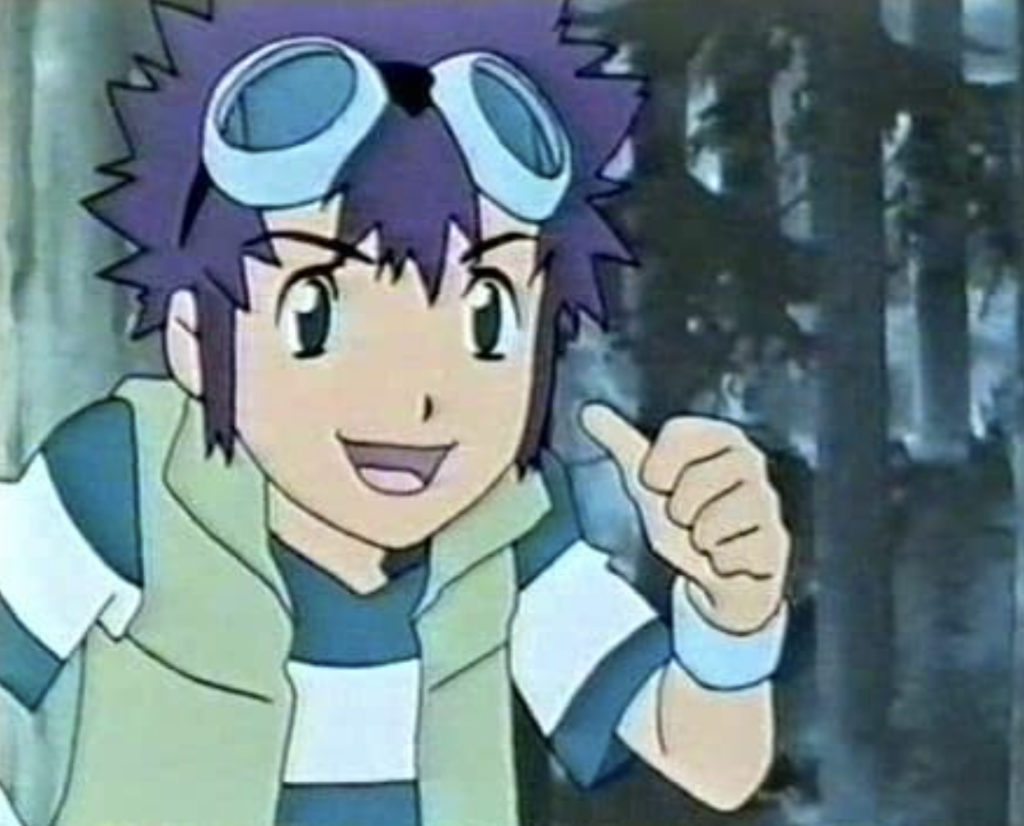
Regardless, his style is all over the first two films, you can spot him from a mile off. Lack of shadows on his characters and flat cel-colouring, highly expressive faces that frequently go off-model, the animation has a charming scratchy quality, and a ‘bounciness’ and life to it. And these are his words too. Hosoda says that with adding detail, you lose the “human-ness”.
If you want a perfect counterpoint, look at the first Pokémon movie. Characters are always on model, and with so many layers of highlighting and shading, they have a plasticky sheen to them, making them look like action figures more than people.
It lacks Digimon: The Movie’s kinetic energy and free-flowing style. Watch One Piece movie 6, another Hosoda film, if you want to see a similar effect. Our War Game had such a strong effect on Digimon that the subsequent films (prior to tri.) tried to emulate its style, including the second half of this movie, so even when it’s hard to follow, it still looks beautiful.
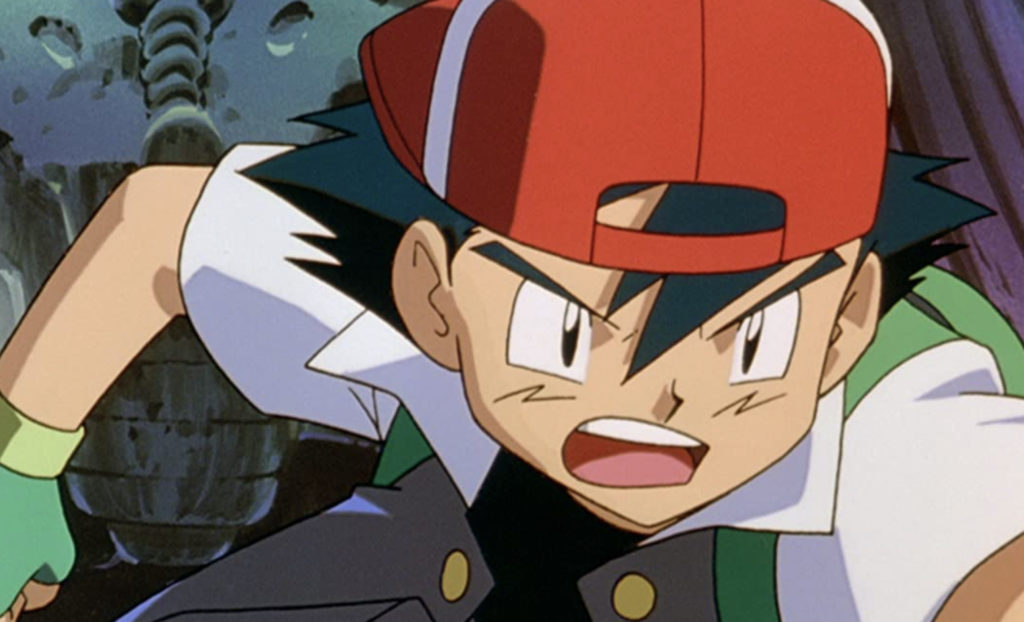 As for editing and pace, the first hour of Digimon: The Movie is extremely fast and entertaining, and is relentless in its barrage of visual gags, witty one-liners and puns, but it’s hard to tell where Hosoda’s direction starts and Fox’s editing ends, as the movie was recut for America.
As for editing and pace, the first hour of Digimon: The Movie is extremely fast and entertaining, and is relentless in its barrage of visual gags, witty one-liners and puns, but it’s hard to tell where Hosoda’s direction starts and Fox’s editing ends, as the movie was recut for America.
Pokémon: The First Movie has some great direction of its own though, no one can ever say that Ash’s ‘death’ isn’t perfectly executed and emotionally gut-wrenching… I still cry every single time.
It’s sad that Digimon: The Movie isn’t only an hour, because if it was it would be a much more fun experience than Pokémon: The First Movie, but the second half… the cut animation leads to scenes that will give you whiplash with how confusing they are. Characters will teleport, Digimon will have Digivolved between shots, things will change because we have to wrap up the movie, it’s almost over, JUST FINISH IT ALREADY!! It’s stressful!
SOUND
Both 4Kids and Fox tried to take advantage of that late ‘90s/early 2000s zeitgeist by JAM-PACKING their respective soundtracks with as many TOP SHELF BANGERS as they possibly could, and the result is a tight, neck and neck competition. M2M’s Don’t Say You Love Me from Pokémon: The First Movie’s credits still lives rent free in my head, but Digimon: The Movie’s ending credits song, Smash Mouth’s All Star, is indisputably a classic song itself. And btw, Digimon did it before Shrek.
Omnimon’s DNA-Digivolution is accompanied by a cheesy as hell dad-rock song, Let’s Kick it Up, leading to an incredibly memorable fight, but can anyone forget the Pokémon senselessly battering each other to Brother, My Brother? What about theme songs? Hot take, the Pokémon movie features the best version of the Pokémon Theme Song to this day!! A sick pop/rock cover that gets the blood pumping, but Digimon has… the DigiRap – what an earworm.
OVERALL ENJOYMENT
I have been keeping this point in my back pocket until the end, but it is worth mentioning that both films feature rather interesting shorts before the movies start… the Pokémon movie has a short film of its own before the main event, Pikachu’s Vacation.
Remember Pikachu and the gang just chilling, minding their own business, when Raichu, Cubone, Marill, and Snubbull show up tryna cause some trouble? What follows is an exceptionally good time, with absolutely no dialogue, but a great little story about the two groups fighting across this Pokémon vacation spot, until they put aside their differences and work together to rebuild the place they trashed. It’s so good.
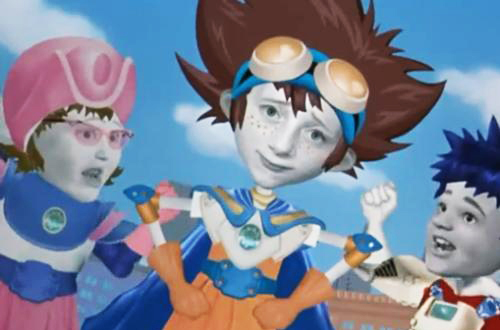 Now, remember Angela Anaconda? We wouldn’t be surprised if you blocked this from your memory, but there was an Angela Anaconda episode that played before the Digimon movie, of her and her friends trying to buy tickets for the Digimon movie, except… OH NO! Nanette Manoir bought the last tickets!
Now, remember Angela Anaconda? We wouldn’t be surprised if you blocked this from your memory, but there was an Angela Anaconda episode that played before the Digimon movie, of her and her friends trying to buy tickets for the Digimon movie, except… OH NO! Nanette Manoir bought the last tickets!
It’s creepy, like the rest of Angela Anaconda, it’s weird, and probably better off forgotten by all… still, taking everything into account, it’s hard to say I didn’t have a better time with the Digimon movie (I turn it off before the second half starts…).
Pokémon: The First Movie might be a consistently better put-together film, but Our War Game is so funny and rewatchable. The best aspects of a truly amazing filmmaker shine through despite Fox’s changes, you can still find an early auteur’s work in there underneath all the goofiness.
The Pokémon movie was directed by Kunihiko Yuyama, who was also the chief director for the anime at the time, and you can tell. The Pokémon movie feels like a longer, really well-produced episode of the anime, whereas the Digimon movie feels like a MOVIE!
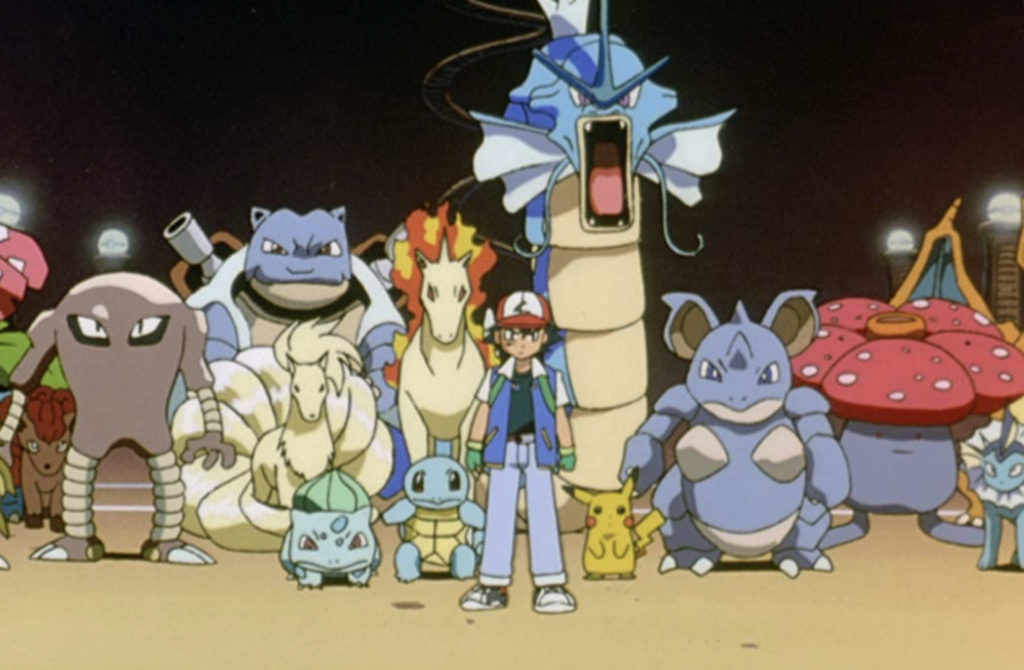
Which one did you prefer, are you Team Digimon or Team Pokémon? Maybe we should look at which Yu-Gi-Oh movie is the best next(?); Pyramid of Light, Bonds Beyond Time, or Dark Side of Dimensions.







